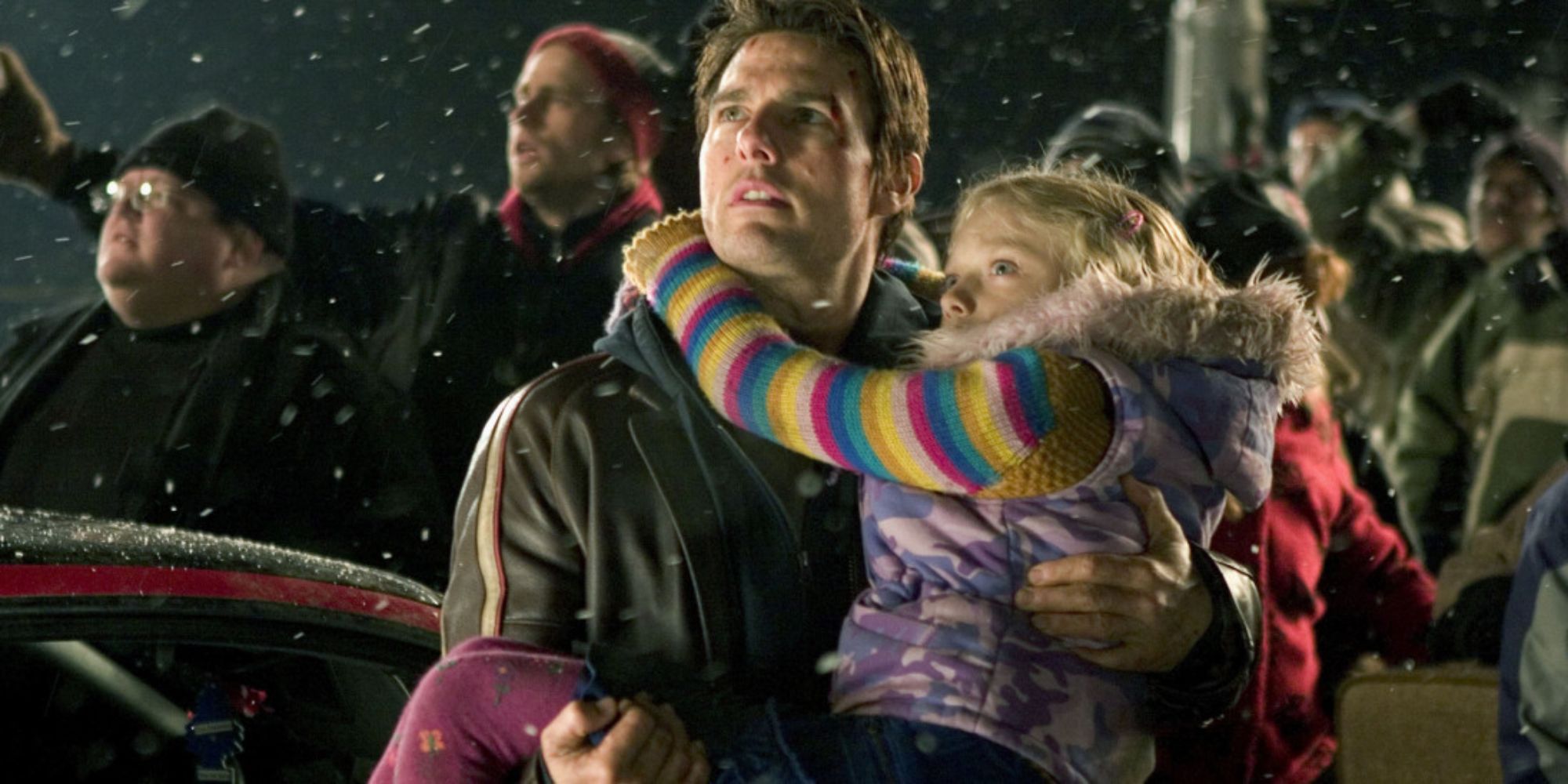The ideal movie that would be a favorite for audiences and critics should start strong, build tension, and then soar in the climax. However, there are also movies that lose their footing just as they’re about to land. These films captivate us with a gripping middle act, usually marked by a brilliant set piece or a surprising turn that raises our expectations. But instead of delivering a satisfying climax, they fumble the third act, either by shifting tone too drastically, rushing the resolution, or abandoning the very ideas that made the middle act so compelling in the first place.
Here, we take a look at movies that peak in their second act. Some of these start with high-concept premises or powerful character arcs, only to fall back on safe tropes or clunky plot developments. Most of these cinematic efforts are not bad — some are even fan-favorites until today — but they are frustrating because they come very close to greatness only to stumble before they even reach the finish line.
10
‘The Place Beyond the Pines’ (2012)
Directed by Derek Cianfrance
The Place Beyond the Pines begins with Luke (Ryan Gosling), a motorcycle stuntman who turns to robbing banks in a desperate attempt to provide for the son he just discovered he has. His story is intense and gripping, culminating in a tragic confrontation with rookie cop Avery Cross (Bradley Cooper). But rather than ending there, the film shifts unexpectedly to Avery’s perspective, turning the film into something more complex as it deals with morality.
However, the film shifts its perspective again by jumping fifteen years into the future in the third act to follow the sons of both Luke and Avery, played by Dane Dehaan and Emory Cohen. This third act explores how their fathers’ sins shape them. It’s thematically consistent, but with the newer characters lacking the emotional depth of the previous segments, the film’s pacing falls dramatically, and the overall third act feels disjointed. Directed by Derek Cianfrance, The Place Beyond the Pines is still one of the best crime dramas of the 2010s, but its experimental and bold approach poses a high risk, and unfortunately, the film could not overcome its third-act problem.
9
‘The Beach’ (2000)
Directed by Danny Boyle
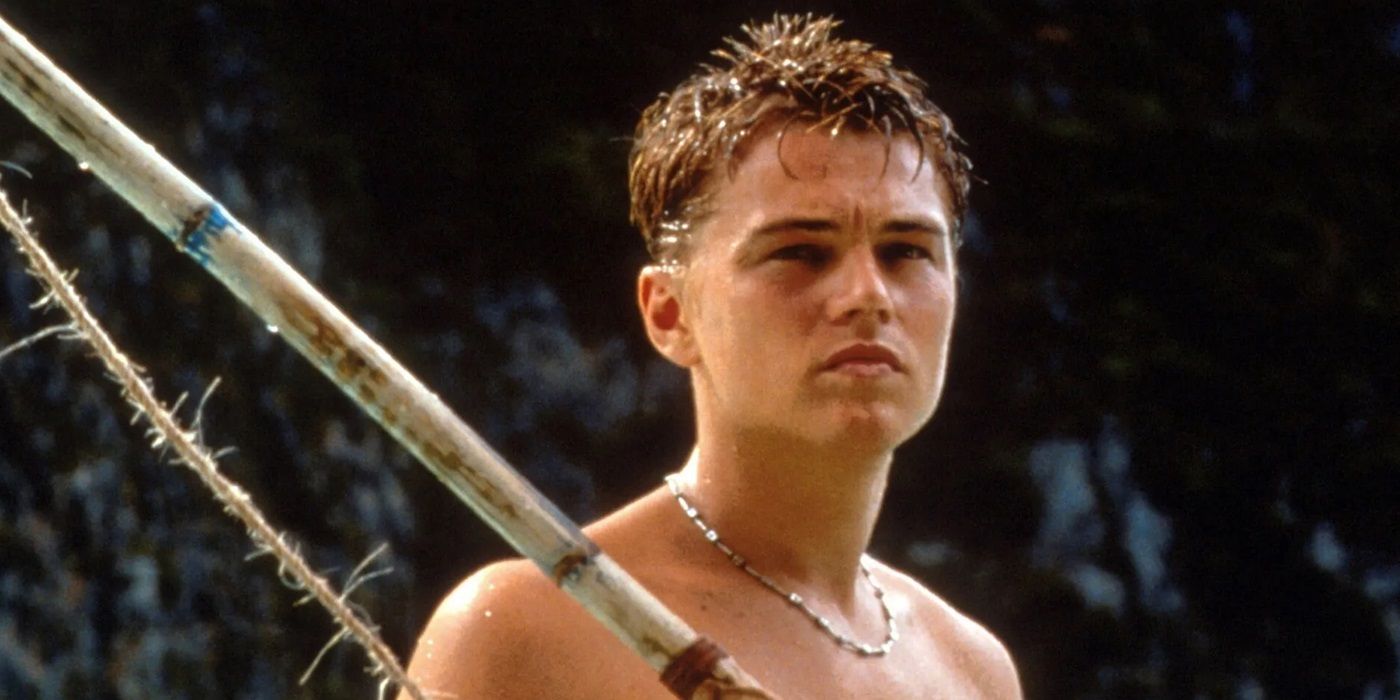
In The Beach, Richard (Leonardo DiCaprio), a restless American backpacker in Thailand, stumbles upon a secret map that leads to an untouched beach where a small community lives in blissful isolation. He joins the group, led by the enigmatic Sal (Tilda Swinton), and quickly becomes enamored with the utopian lifestyle. The second act slowly peels back the illusion of paradise as tensions rise within the community, injuries and accidents are swept under the rug, and the group’s sense of unity begins to erode.
The second act works because it balances the dreamlike beauty of the setting with a creeping psychological dread. The beach becomes a metaphor for escapism, as what starts as a fantasy quickly reveals itself as something cult-like and morally bankrupt. The third act, however, loses the careful buildup in favor of abrupt surrealism and erratic tonal shifts. Richard’s descent into madness is rushed and overly stylized, and the final fallout of the community’s collapse is simply glossed over. As seen in his latest work, 28 Years Later, Danny Boyle loves to experiment with his films, but here, the third-act shift is too jarring and, for some viewers, it undoes the goodwill that came before.
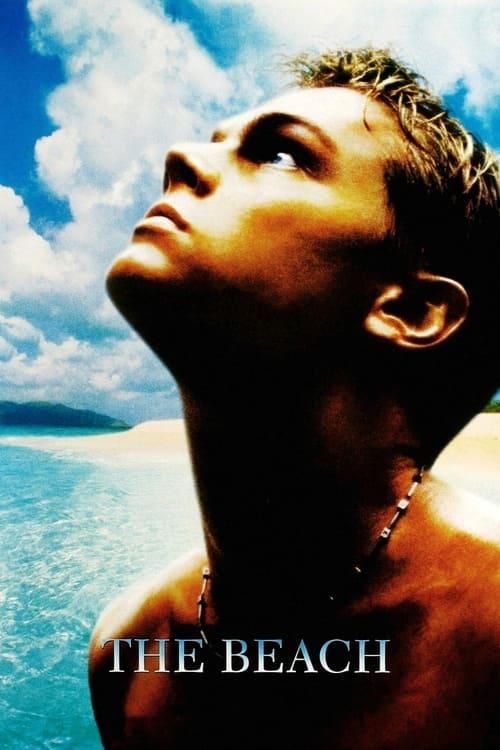
The Beach
- Release Date
-
February 3, 2000
- Runtime
-
119 Minutes
8
‘Mission: Impossible – Ghost Protocol’ (2011)
Directed by Brad Bird
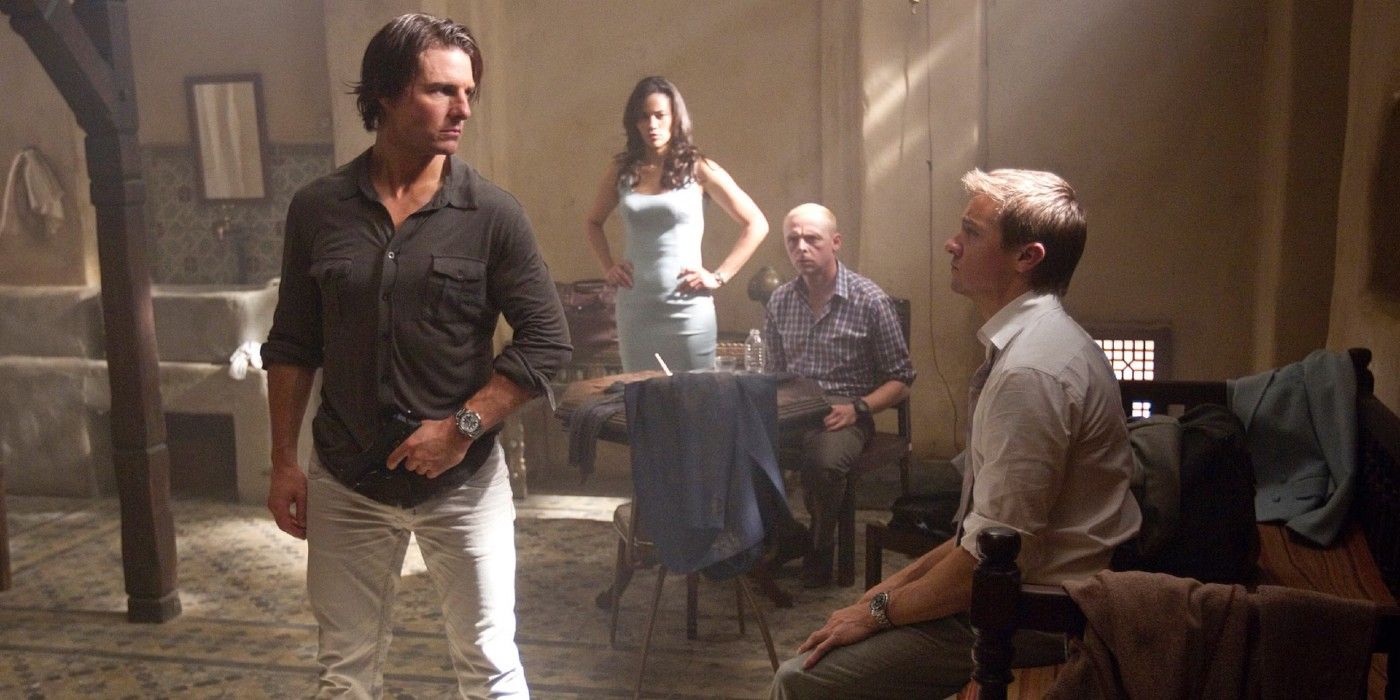
The mission in Mission: Impossible – Ghost Protocol kicks off when Ethan Hunt (Tom Cruise) and his IMF team are framed for a Kremlin bombing, forcing them to go rogue without backup. They must stop a nuclear extremist from launching a global war. The second act of the film delivers the franchise’s most iconic moment, where Ethan scales the Burj Khalifa in Dubai using malfunctioning magnetic gloves.
Cruise’s Burj Khalifa climb remains one of the best Mission: Impossible stunts. The sequence is iconic, incredibly well-shot with sky-high stakes, arguably the highest point in the film and the rest falls short in comparison. The third act, set in a stunning multi-level parking garage in Mumbai, feels like a significant step down. The final confrontation with the main villain, played by Michael Nyqvist, is not quite satisfactory. Ghost Protocol‘s production was notoriously chaotic, with scripts written on the fly and a tight schedule, but the final product, despite its shortcomings, continues the tradition of exhilarating Mission: Impossible films.
7
‘Hancock’ (2008)
Directed by Peter Berg
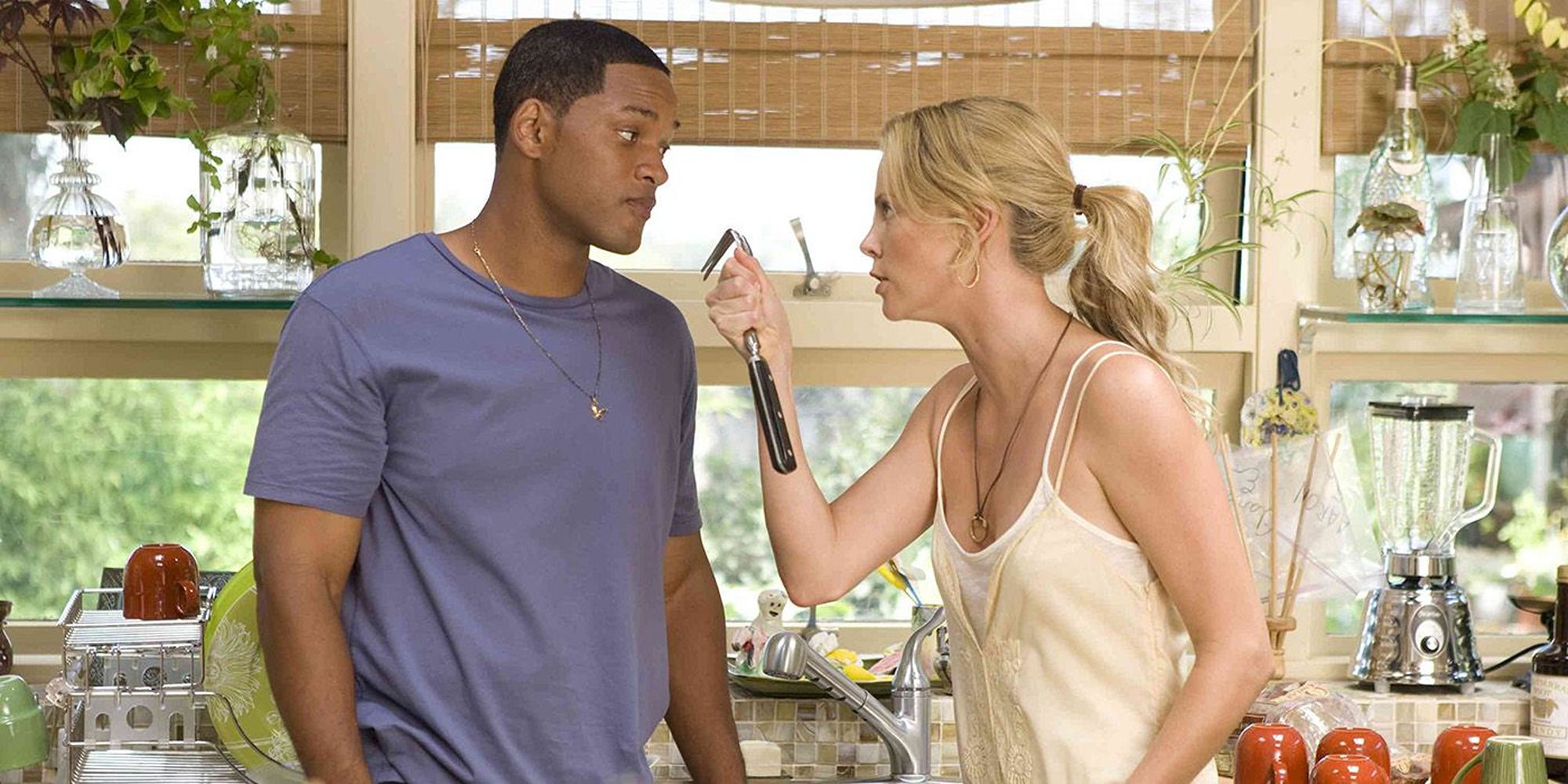
Hancock, played by Will Smith, is a reckless, alcoholic superhero who’s hated by the public for the collateral damage he causes. When PR expert Ray (Jason Bateman) offers to rehabilitate him, Hancock begins to rebrand himself, even going to jail voluntarily to prove his worth. The second act sees Hancock genuinely change, saving lives and earning back public trust. His reluctant transformation is compelling, and the bond between him and Ray provides heart and humor. This middle section works because it grounds a larger-than-life concept in real-world consequences and character-driven storytelling.
However, the third act decides to introduce an interesting, yet underdeveloped twist as Ray’s wife, Mary (Charlize Theron), is revealed to be an immortal like Hancock, with thousands of years of history between them. To make things even more complicated, the film reintroduces a side villain to become the main antagonist, threatening both Hancock and Mary. The tonal shift is quite jarring, but Hancock, especially seen with today’s eyes, is still one of Hollywood’s freshest offerings in the superhero genre.
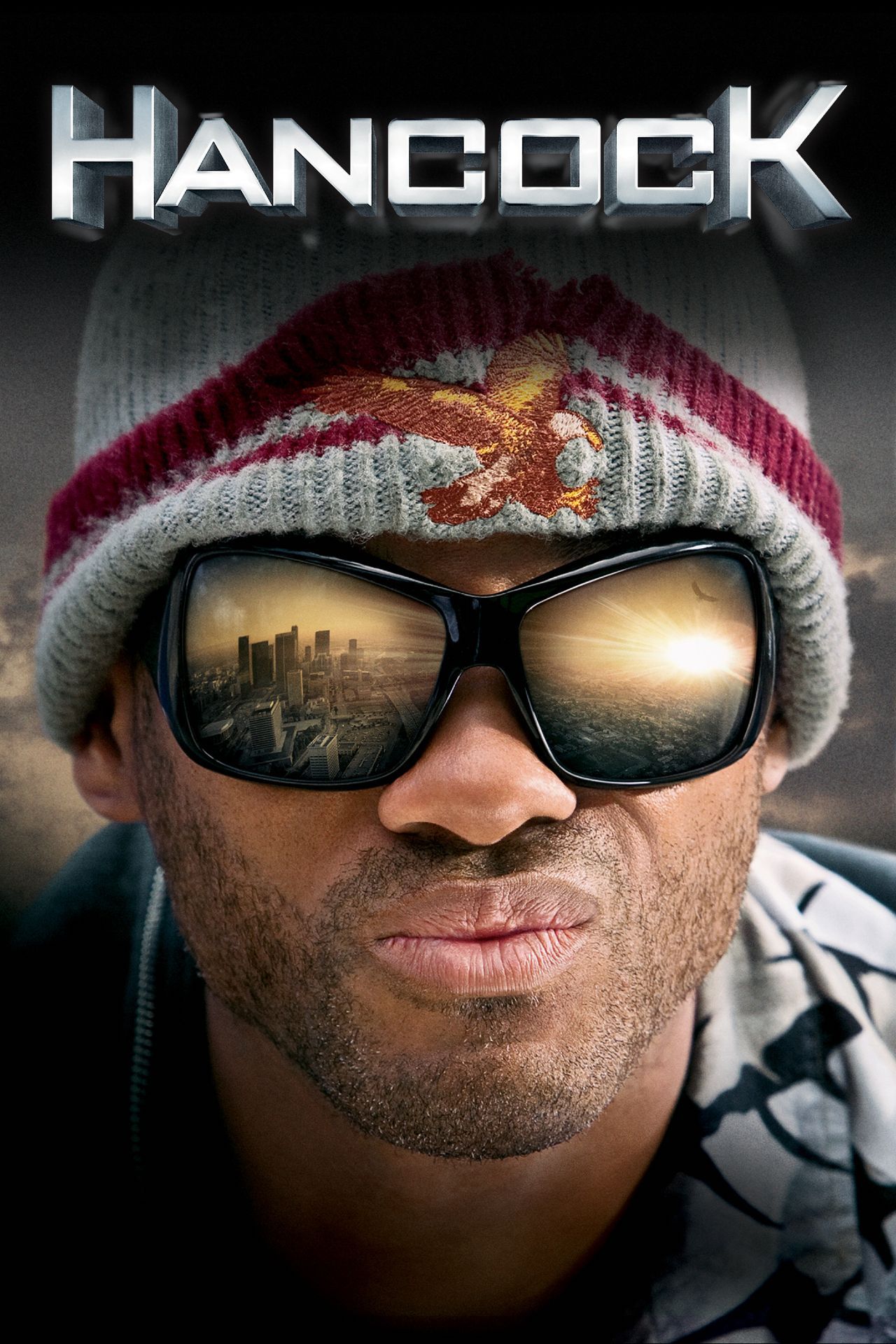
Hancock
- Release Date
-
July 2, 2008
- Runtime
-
102minutes
6
‘Wonder Woman’ (2017)
Directed by Patty Jenkins
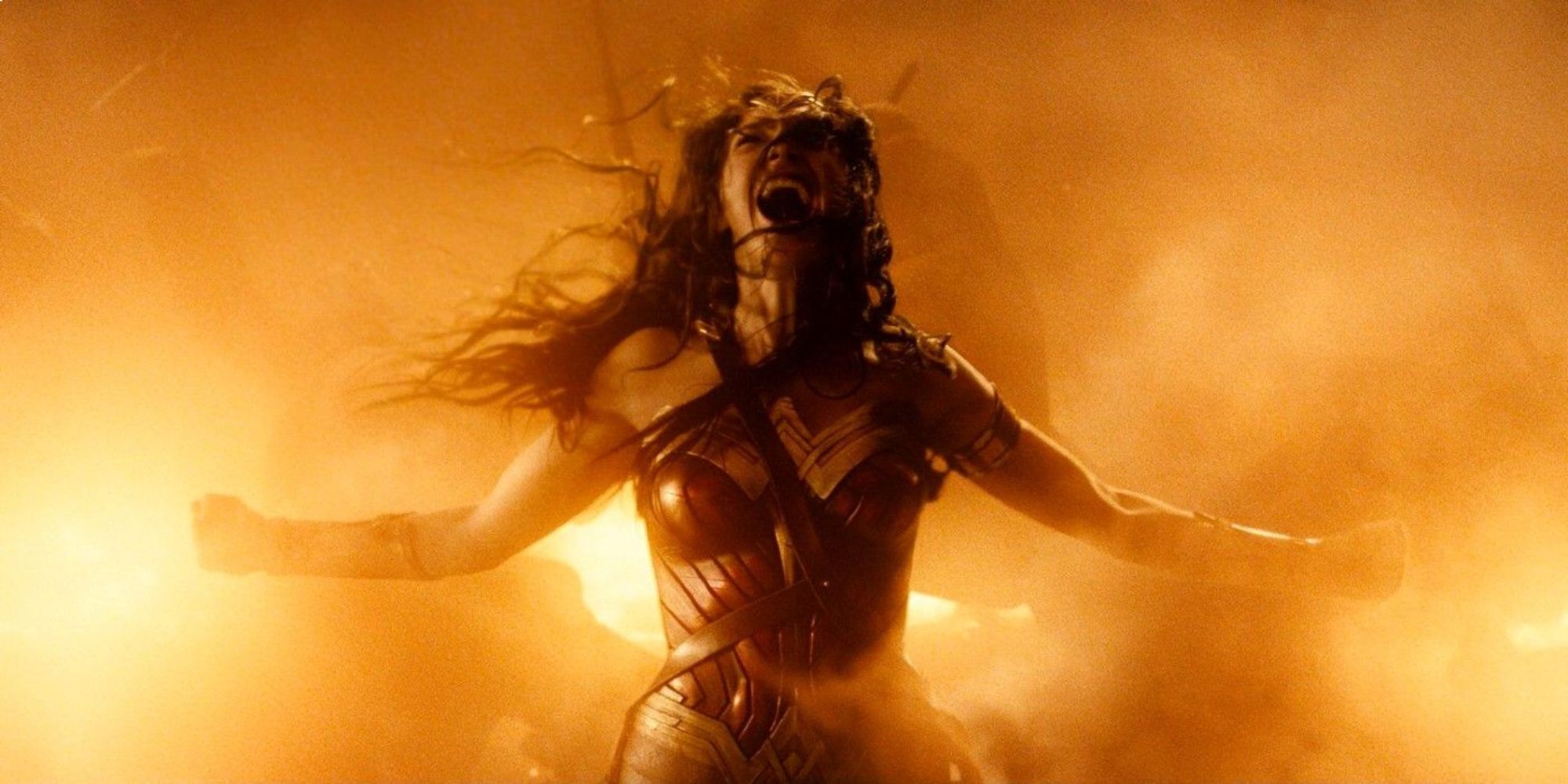
In Wonder Woman, Diana (Gal Gadot), a warrior from the hidden island of Themyscira, leaves her sheltered life behind when American spy Steve Trevor (Chris Pine) crash-lands near her shores and warns of a global conflict—World War I. Believing the god Ares is behind the war, she goes to Europe to stop the war. The middle act of the film is where the film truly soars, as Diana enters the trenches of the Western Front, in a sequence that fans called No Man’s Land. She steps into the battlefield alone, deflecting bullets and inspiring Allied soldiers to push forward.
Up until this moment, Wonder Woman successfully balances the character’s journey with the action spectacle. It shows Diana’s identity not just as a warrior but as someone deeply driven by compassion and conviction. But the third act trades all that nuance for a standard superhero showdown. The reveal of Ares as a bulked-up, armor-clad villain flattens the moral complexity the film had been building. The final battle is a CGI-heavy brawl, saved only by Steve Trevor’s sacrifice, which continues to shape and affect Diana until the present-day timeline in the DCEU.
5
‘Jurassic World: Fallen Kingdom’ (2018)
Directed by J.A. Bayona
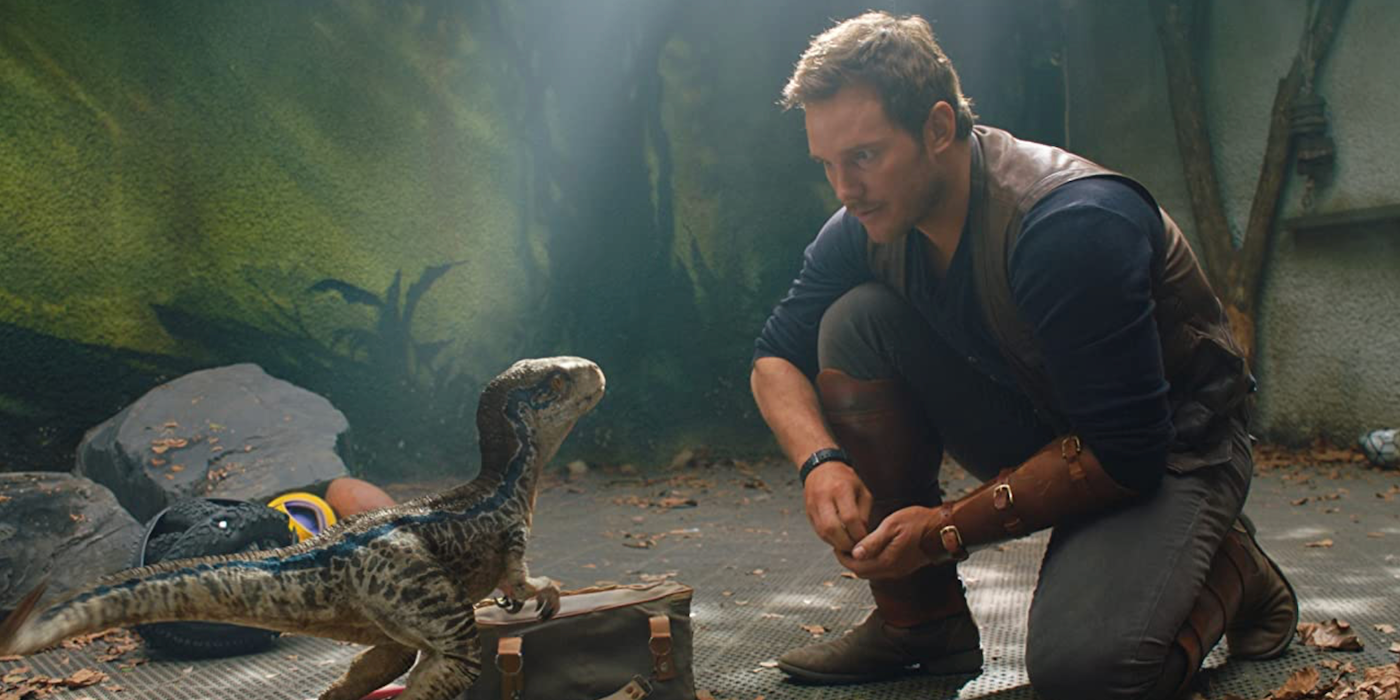
Jurassic World: Fallen Kingdom follows Owen (Chris Pratt) and Claire (Bryce Dallas Howard) as they return to Isla Nublar to rescue the remaining dinosaurs from an impending volcanic eruption. The second act hits its stride when the team arrives on the island and chaos breaks loose as lava falls from the sky, panicked dinosaurs run toward the sea, and the once-majestic park collapses into ruin. There’s a genuine sense of loss during this sequence, especially in the haunting image of the Brachiosaurus left behind.
However, the third act shifts drastically in tone and setting, moving to a gothic mansion where dinosaurs are auctioned off to over-the-top characters. Doubling down on the hybrid dinosaur idea from the first film, the film introduced Indoraptors, but its confined setting and lack of credible motivation ruin the intense sequence, expertly directed by J.A. Bayona, who’s no stranger to horror films. This setup feels similar to the Home Alone-inspired sequence of Skyfall but lacks the buildup. In the end, it feels more like something from a haunted house thriller than a dinosaur epic.
4
‘World War Z’ (2013)
Directed by Marc Forster
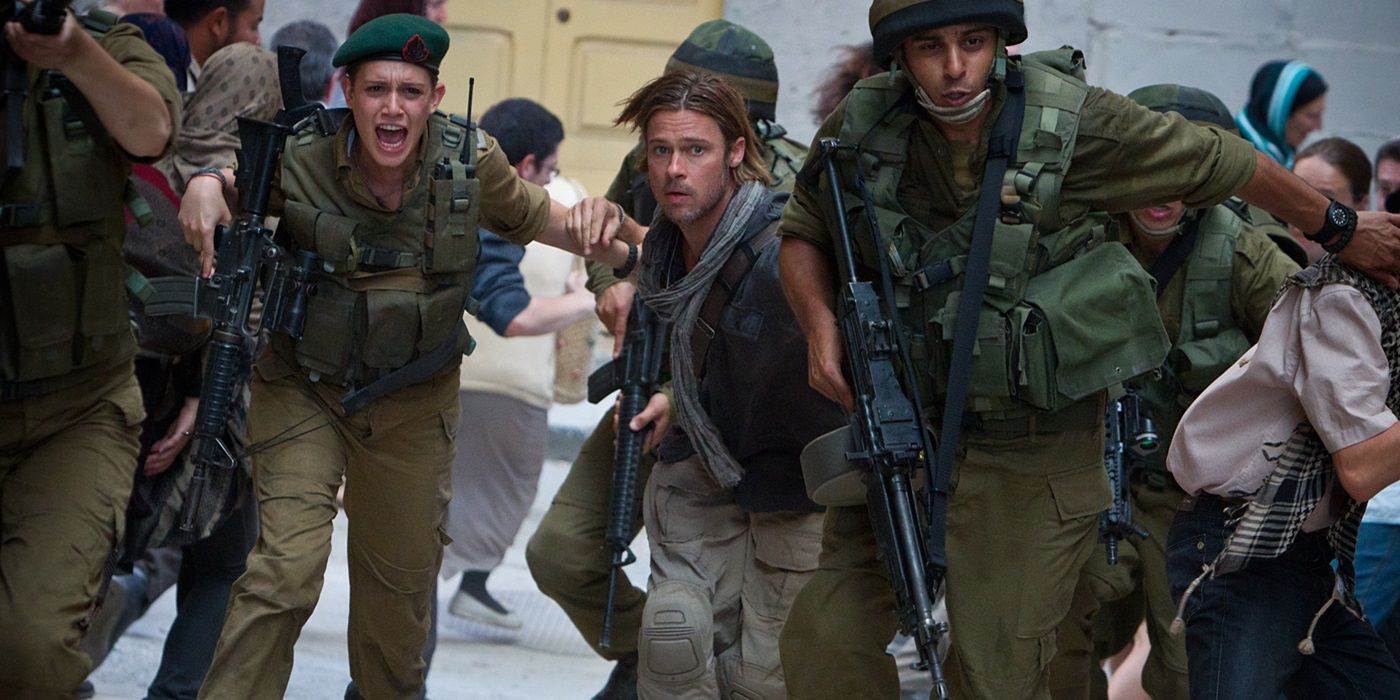
World War Z follows Gerry Lane (Brad Pitt), a former UN investigator, as he’s pulled back into service to help stop a rapidly spreading zombie pandemic. His journey takes him across the globe, from the chaos of South Korea to the fortified city of Jerusalem and eventually to a WHO facility in Wales, searching for clues that might lead to a cure. Up until the second act, the movie delivers relentless chase sequences as Gerry and others escape the zombie horde.
The middle section works so well because it captures the scale and urgency of a true global crisis, with each location offering a fresh type of tension. There’s a sense of discovery and desperation as Gerry pieces together information while constantly adapting to chaos. But the third act abruptly narrows the film’s scope, confining the action to a quiet, dimly lit WHO facility. This third act itself is notoriously a toned-down reshoot of the film after its original Moscow-set massive war sequence was scrapped. The resolution is ingenious, but after the scale and adrenaline of the second act, the finale comes off as too convenient and anticlimactic.
3
‘Edge of Tomorrow’ (2014)
Directed by Doug Liman
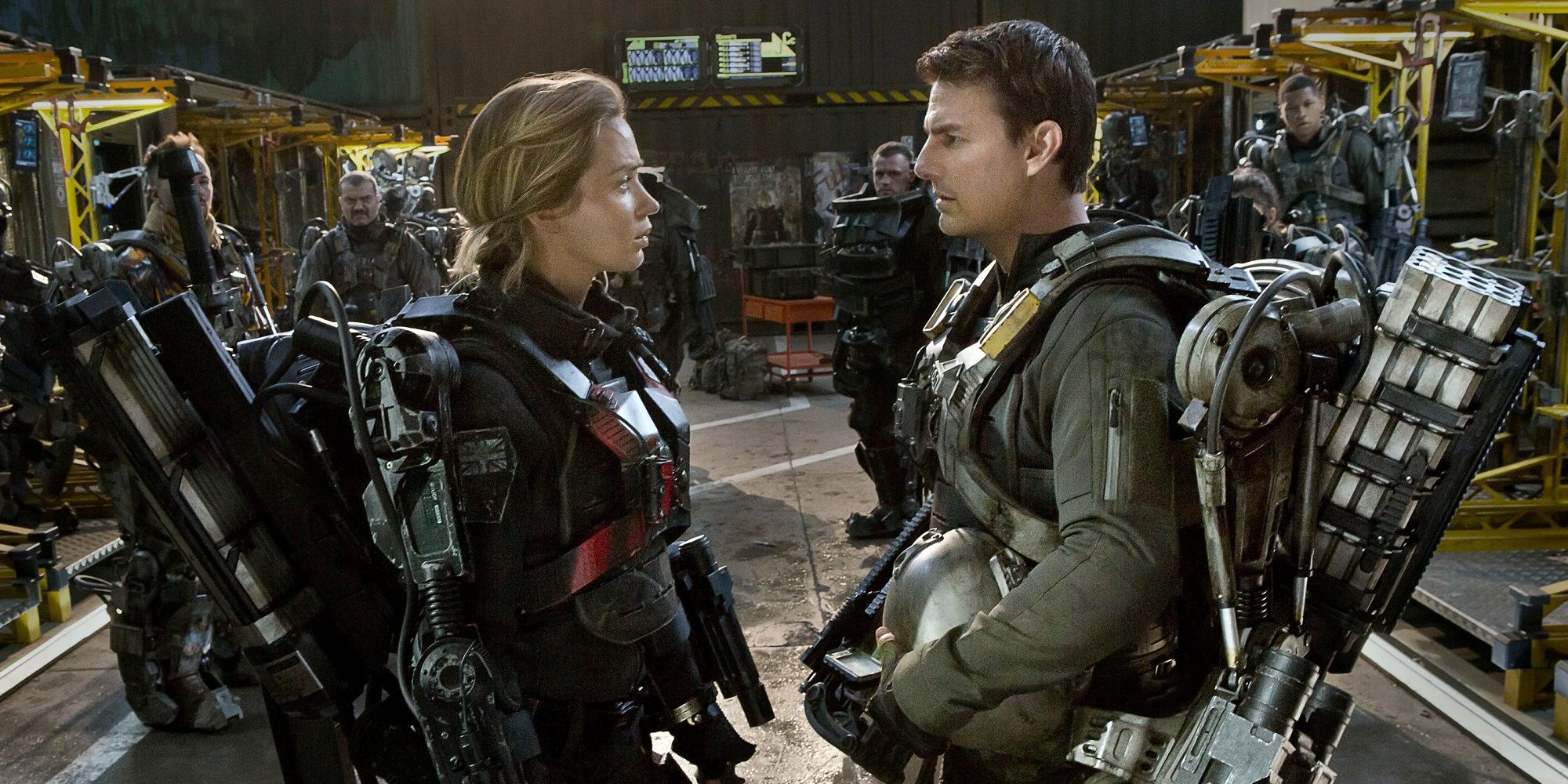
In Edge of Tomorrow, Earth is under siege by a powerful alien race known as the Mimics, and unprepared military PR officer Major William Cage (Tom Cruise) is forced into combat. Untrained, he immediately dies, but he awakens again at the start of the same day, stuck in a time loop triggered by exposure to alien biology. As he relives the day over and over, Cage trains with legendary soldier Rita Vrataski (Emily Blunt) to uncover how to stop the invasion.
The second act is where the film thrives. The audience watches Cage die over and over while evolving into a hardened warrior. His growing bond with Rita adds heart and depth to the relentless repetition, while Cruise puts out one of his best performances to date. However, once Cage loses the ability to reset time, the third act shifts into a more standard action finale. The team’s infiltration of Paris to destroy the Omega is entertaining but lacks the inventiveness of the earlier sequences. It’s a solid climax, but not nearly as sharp or satisfying as what came before.
2
‘Pearl Harbor’ (2001)
Directed by Michael Bay
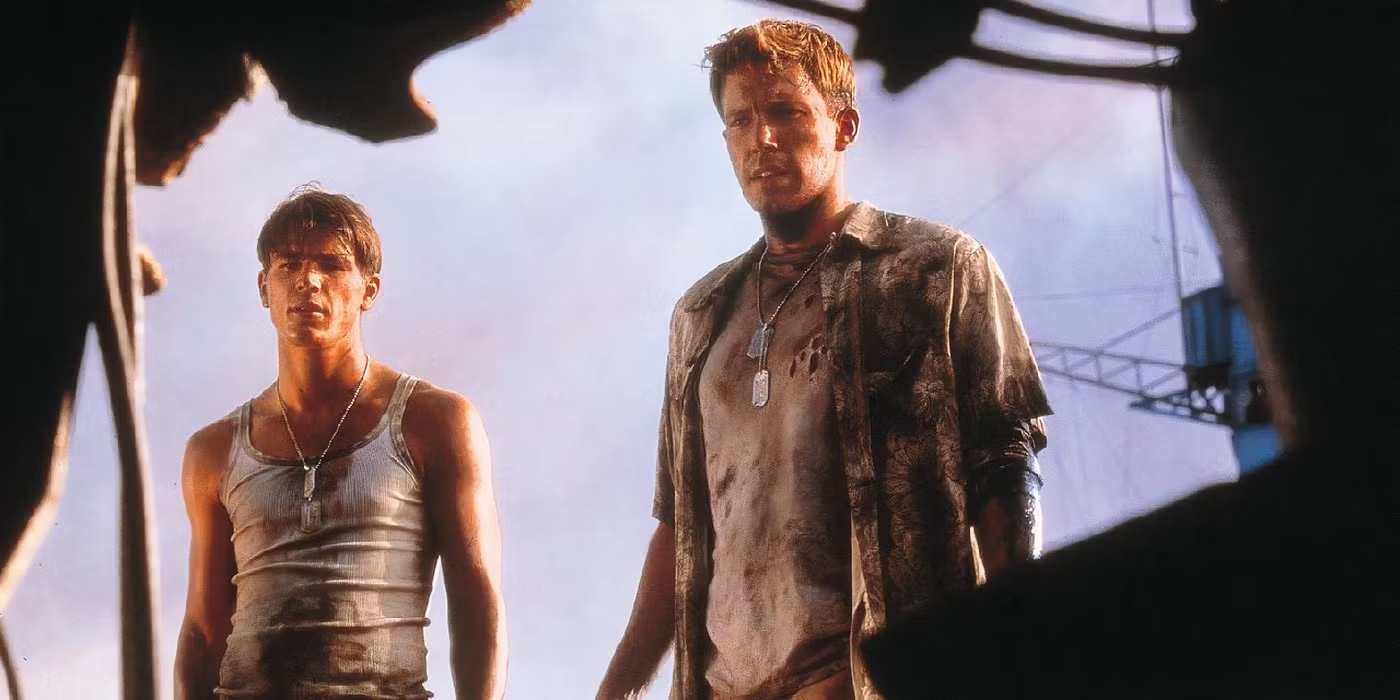
Pearl Harbor centers on best friends Rafe (Ben Affleck) and Danny (Josh Hartnett), two American fighter pilots, and the woman they both love, Evelyn (Kate Beckinsale), a Navy nurse. Starting as a sweeping wartime romance, the second act delivers the film’s most unforgettable moments, when the Japanese launch their surprise attack on Pearl Harbor. This portion of the film works because it plays to Michael Bay’s strengths, where chaos and destruction dominate the screens.
The attack is undeniably gripping and serves as the emotional and visual core of the film. But the third act struggles to recapture that urgency. Instead of concluding on the impact of the tragedy, the story veers into a rushed revenge subplot, sending the characters on a bombing raid over Tokyo. The film’s emotional resolution feels forced, flattening the impact of the earlier devastation. The love triangle melodrama aims to be something as emotional as Titanic, but it pales in comparison to Jack and Rose. Pearl Harbor could have been a war epic from the master of explosions, but instead, it ends ups as one of the worst blockbusters of the century.
1
‘War of the Worlds’ (2005)
Directed by Steven Spielberg
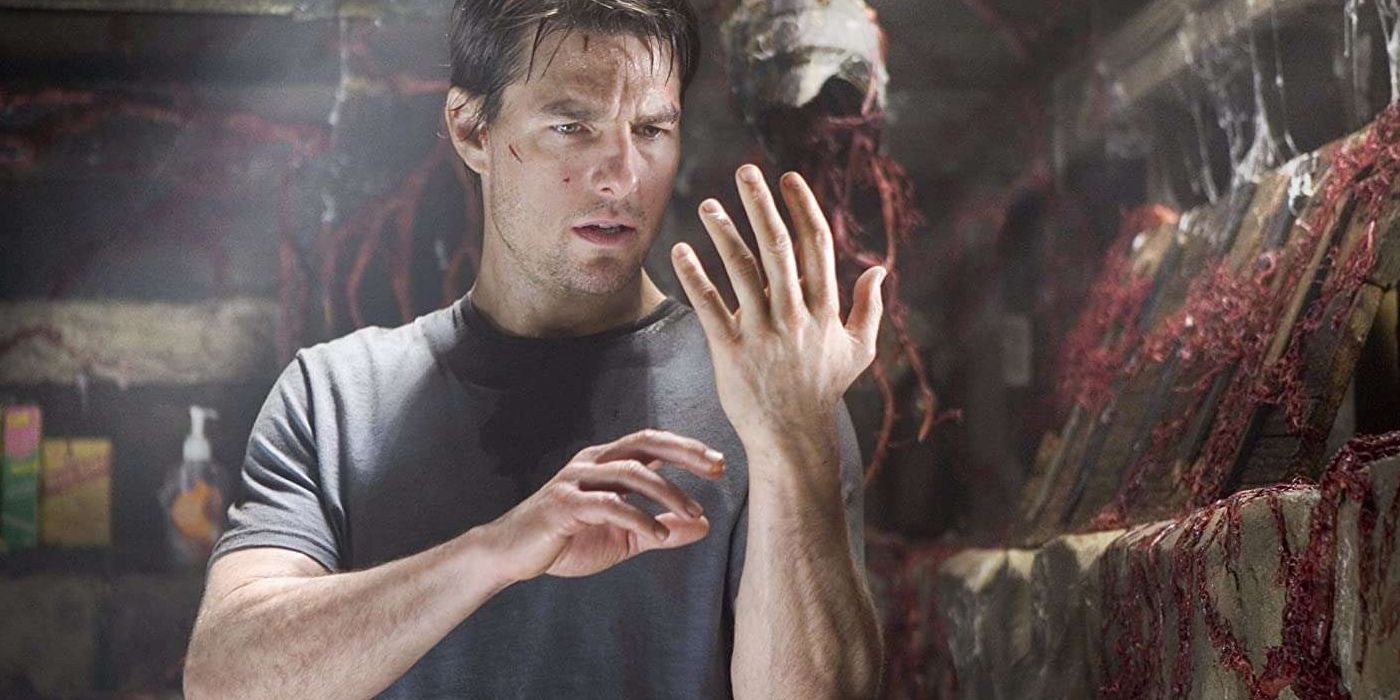
In War of the Worlds, Ray Ferrier (Tom Cruise) must flee with his children across a ravaged America when alien machines emerge from the ground and begin annihilating cities. As Ray flees to the East Coast with his daughter and estranged son, the second act plunges the family into the full horror of the invasion. The escape from a panicked crowd in a ferry terminal, the showstopping destruction sequences by the tripods, and the standout, intense standoff in a basement showcase Steven Spielberg’s mastery of dread and suspense.
However, after such an effective buildup, the third act falters with a rushed and overly convenient resolution. The aliens are abruptly defeated by Earth’s bacteria, which is a clever twist rooted in the original H.G. Wells novel, but cinematically, it feels like an anticlimactic resolution after so much tension. Ray’s sudden reunion with his completely unharmed son also strains credibility and undercuts the emotional toll of their journey. Influenced by the recent 9/11 attacks, War of the Worlds chooses to end on a strangely optimistic note that clashes with the bleak journey the audience endured.
NEXT: These 10 Iconic Movie Trilogies Definitely Peaked With Their Second Movie

